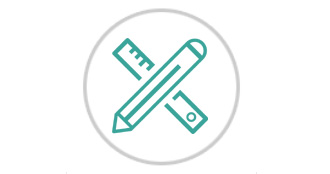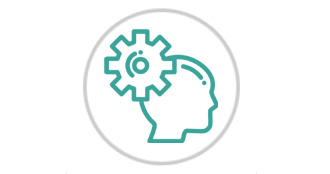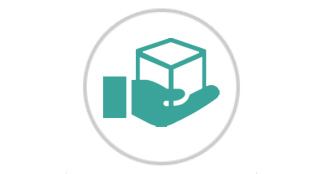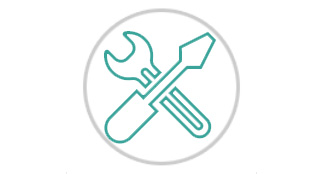Design Initiation
In the
initiation phase, We’ll define the project. You’ll sort out the project goals,
scope, and resources of the project, and what roles are needed on the team.
Clarifying what stakeholders expect out of the project, and what exactly the
project is aiming to achieve (and why) will give the project and team clear
direction.
This is a
crucial phase to the project’s success. Without clarity around what needs to be
achieved and why, the project runs the risk of not accomplishing the end goals
and meeting the expectations of stakeholders.
Process Involved in our initiation
phase include:
·
Communicating
with stakeholders to understand the purpose and desired outcomes of the project.
·
Identifying
project scope.
·
Determining
SMART goals (specific, measurable, achievable, relevant, and time-bound).
·
Clarifying
resources like budget and time constraints.
·
Confirming
team size and roles required.
·
Determining
how often and which stakeholders will be involved throughout the project.
·
Compiling
a project proposal and project charter.
Planning
In the planning phase, We’ll determine the steps to actually achieve the project goals—the “how” of completing a project.
We’ll establish budgets, timelines, and milestones, and source materials and necessary documents. This step also involves calculating and predicting risk, putting change processes into place, and outlining communication protocols. If the initiation phase is assembling your troops, the planning phase is deciding what to do with them.
Process in the planning phase:
· Deciding on milestones that lead up to goal completion.
· Developing a schedule for tasks and milestones, including time estimates and potential time buffers.
· Establishing change processes.
· Determining how and how often to communicate with team members and stakeholders.
· Creating and signing documents such as non-disclosure agreements (NDAs) or requests for proposal (RFPs).
· Assessing and managing risk by creating a risk register.
· Holding a kick-off meeting to start project.
 Send us a Email
Send us a Email Have any question?
Have any question?




